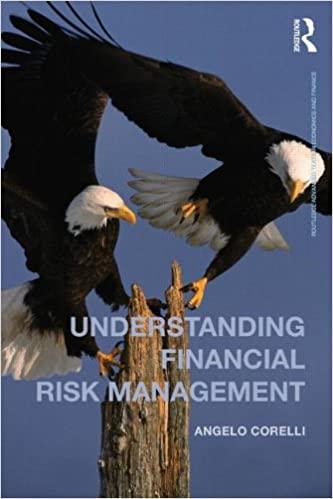Propose an integrated lifestyle marketing program for Tiger Balm products based on a tie-in with a chosen
Question:
Propose an integrated lifestyle marketing program for Tiger Balm products based on a tie-in with a chosen sporting activity. Include both traditional and nontraditional promotional tools.
Companies know that there are huge financial benefits in the business of effective pain relief. Analgesics, a category of pain medication, continues to evolve as an ageing population and changing lifestyles have increased the likelihood of aches. According to Allied Market Research, retail sales of topical analgesics will reach an estimated value of $26.4 billion by 2022. Consumers are also increasingly turning to herbal remedies, which are believed to offer a more natural approach to healing.
Figures from Global Industry Analysts suggest that the global herbal products market will be worth $107 billion in 2017. The growth is related to an increasing awareness of general health and wellbeing.
The century-old topical ointment Tiger Balm is a traditional brand that millions rely on for the quick relief of aches and pains.
Tiger Balm has evolved from its humble origins to become a household name in 100 countries around the world. Packaged in hexagonal jars that bear the label of a leaping tiger in their logos, the ointment is offered primarily within the Chinese market. Tiger Balm’s founder, Aw Chu Kin, a Chinese herbalist in Burma, passed on the product’s secret formula to his sons and made them promise to donate some of the sales proceeds of the ointment to charity. Due to the success of Tiger Balm, the company Haw Par was created. It soon grew to become a conglomerate, with interests in several industries, and in 1926 the headquarters were moved to Singapore.
Step by Step Answer:







